Hardness Testing of Metal Parts

Hardness testing is a fundamental and essential method in materials science for evaluating the mechanical properties of metal components. It measures a material’s resistance to permanent indentation, which generally correlates with properties like strength, wear resistance, and ductility. The methods can be broadly categorized into three main types: Indentation, Rebound (Dynamic), and Scratch Hardness Testing. Indentation hardness is […]
Compared with traditional welding

Laser welding vs MIG welding Laser welding has an extremely low heat input, allowing for precise welding with minimal deformation and an aesthetically pleasing finish. In contrast, MIG welding involves wires that act as both the electrode and filler metal, requiring continuous energization and melting. Therefore, the overall heat input is relatively high, which can […]
Introduction to Melting Points
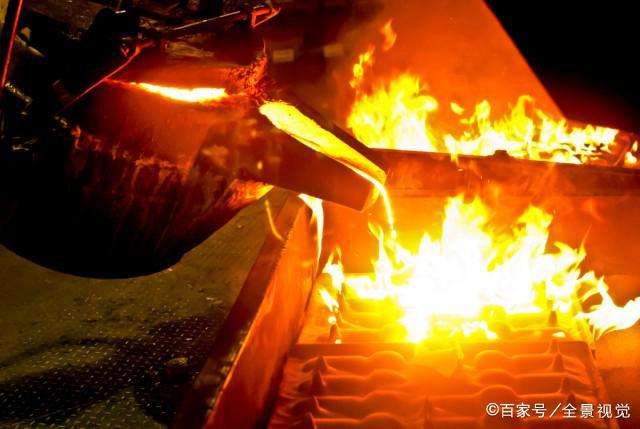
The melting point of a metal is the temperature at which it changes from a solid to a liquid state. This is a fundamental physical property determined by the strength of the metallic bonds between atoms. Stronger bonds require more energy (heat) to break, resulting in a higher melting point. Melting points are crucial in metallurgy, manufacturing […]
Application of laser welding
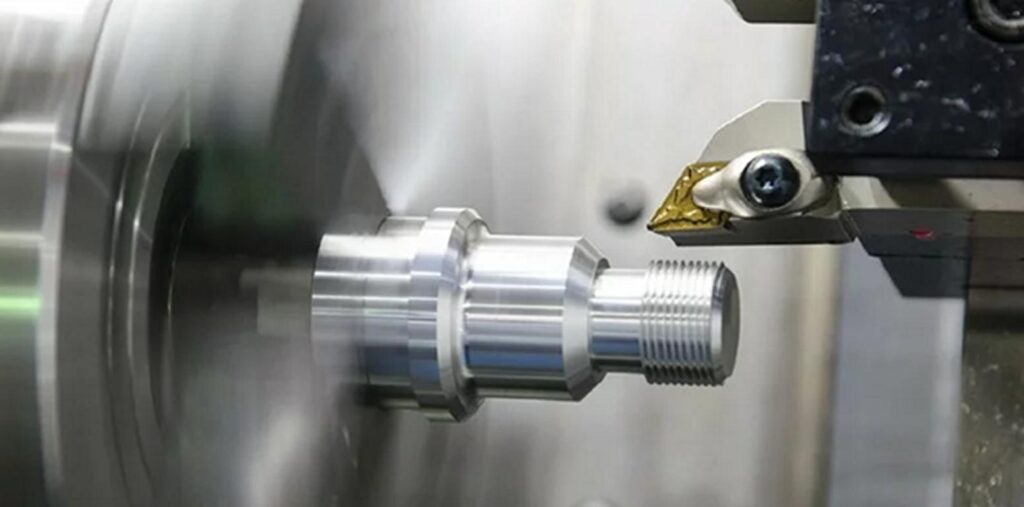
Automobile industry The automotive industry is the most mature and widely applied field for laser welding. Laser welding is used to connect automotive frame components such as the roof, side panels, and doors, which not only reduces weight but also improves the strength and sealing of the vehicle body. In addition, laser welding technology is […]
Types of laser welding
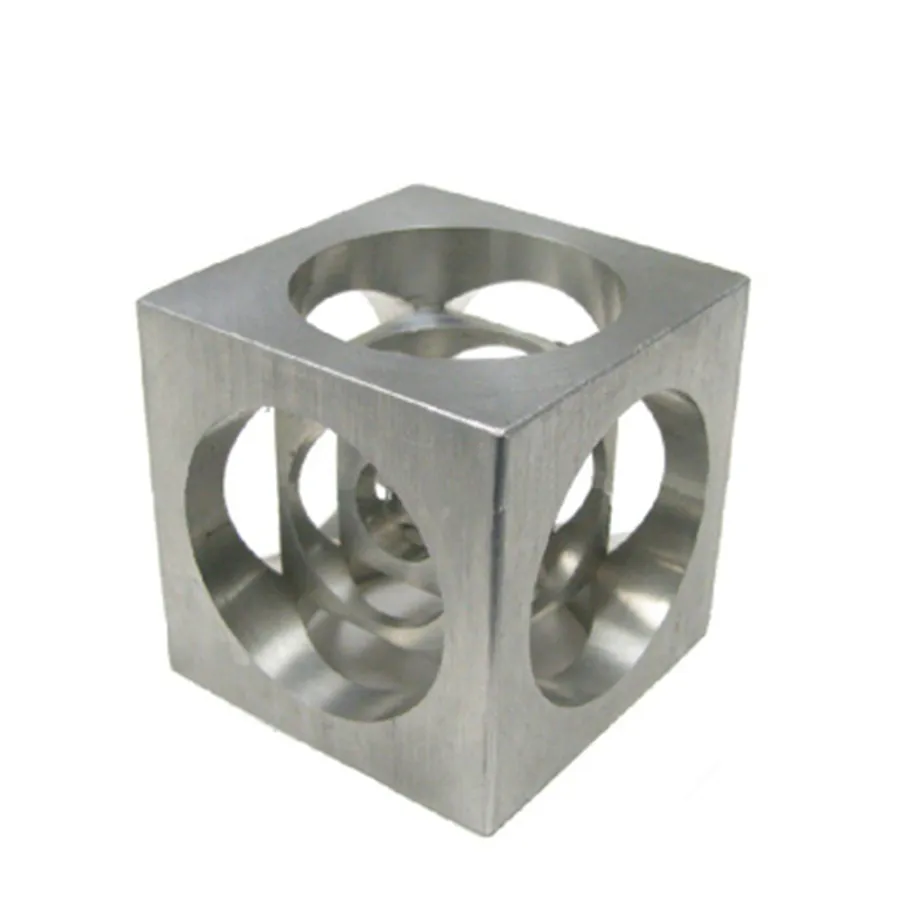
Depending on the laser energy density and welding depth, laser welding is generally divided into two types: heat conduction welding and deep penetration welding. Conduction Welding Heat conduction welding is one of the most common laser welding methods. It uses a laser with a lower power density to irradiate the surface of the material, […]
Solution Heat Treatment: A Detailed Explanation
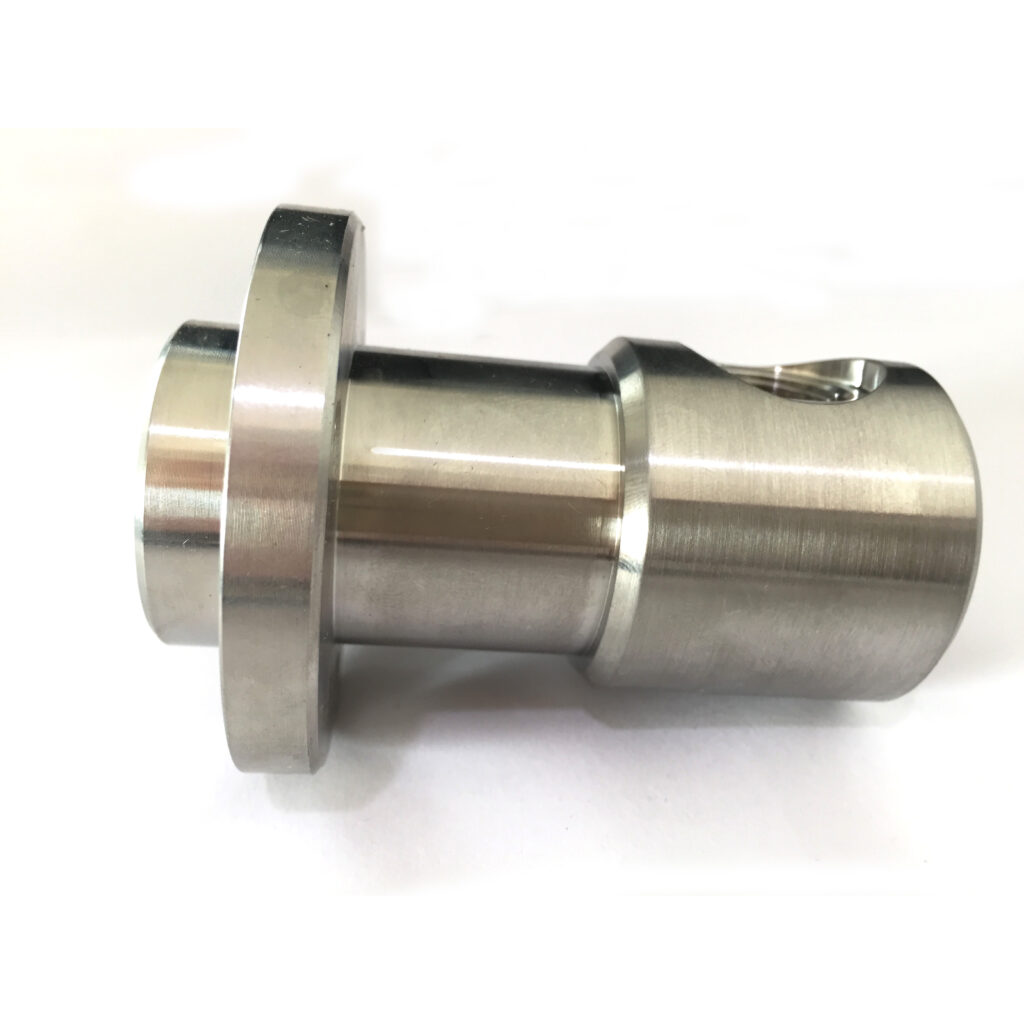
Solution Heat Treatment, often simply called solutionizing or solution annealing, is a critical thermal processing operation primarily applied to non-ferrous alloys, most notably aluminum alloys, precipitation-hardening (PH) stainless steels, and some nickel-based superalloys. Its primary purpose is to dissolve alloying elements into a solid solution within the base metal matrix, creating a supersaturated state that is a prerequisite for subsequent age hardening […]
The process of laser welding
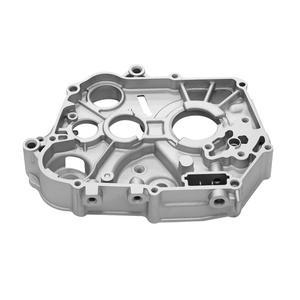
Prework Before performing laser welding, we thoroughly clean the materials because any residual contamination can affect the welding process or cause porosity or cracks in the weld seam. Since laser welding requires extremely tight assembly gaps (usually less than 10% of the material thickness), we securely fix the workpieces to be welded on matching […]
What is laser welding and how does it work?
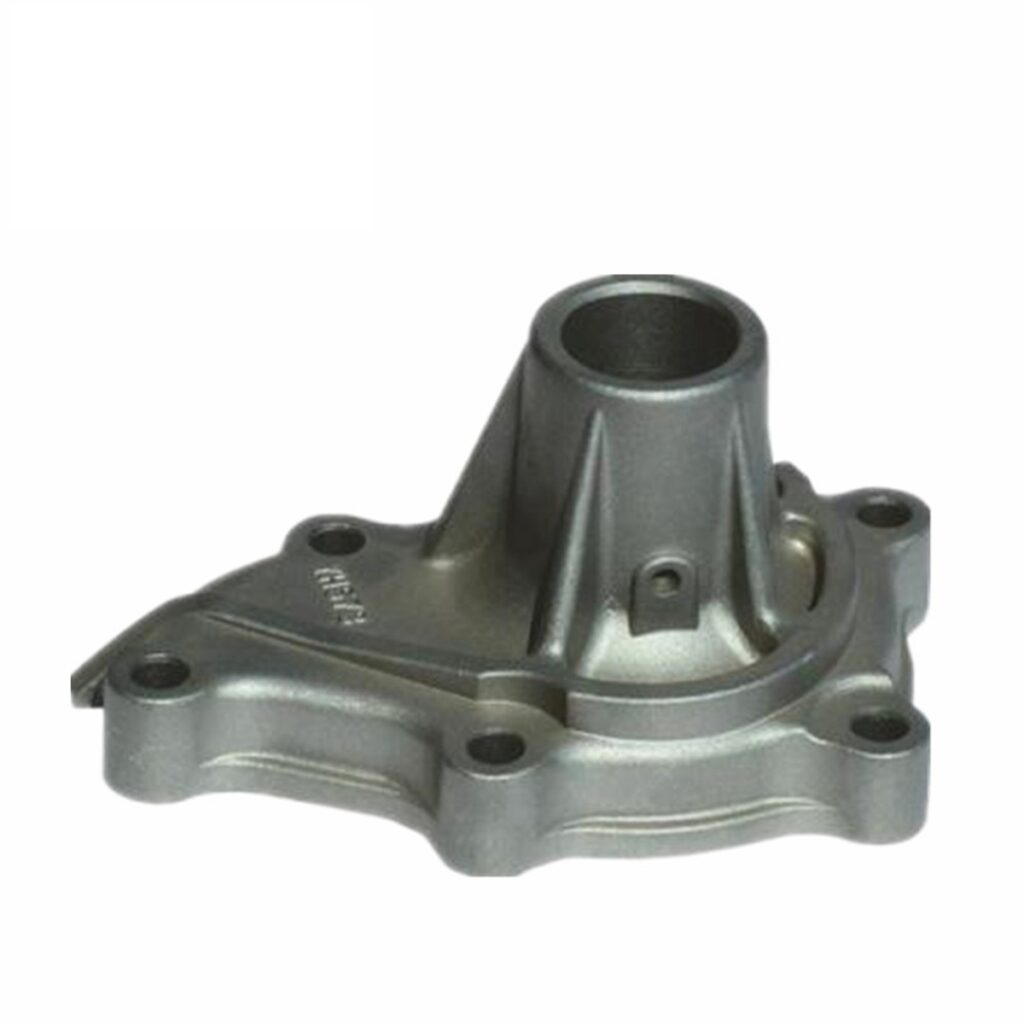
Laser welding is a precise welding method, also called laser beam welding(LBW). Laser welding differs from other welding methods in that it uses a laser beam. By highly concentrating the laser beam (Diameter 0.1mm-2mm) on the materials’ surface to be joined, the high temperature generated by the laser beam heats the materials in the […]
Why Metal Components Undergo Heat Treatment
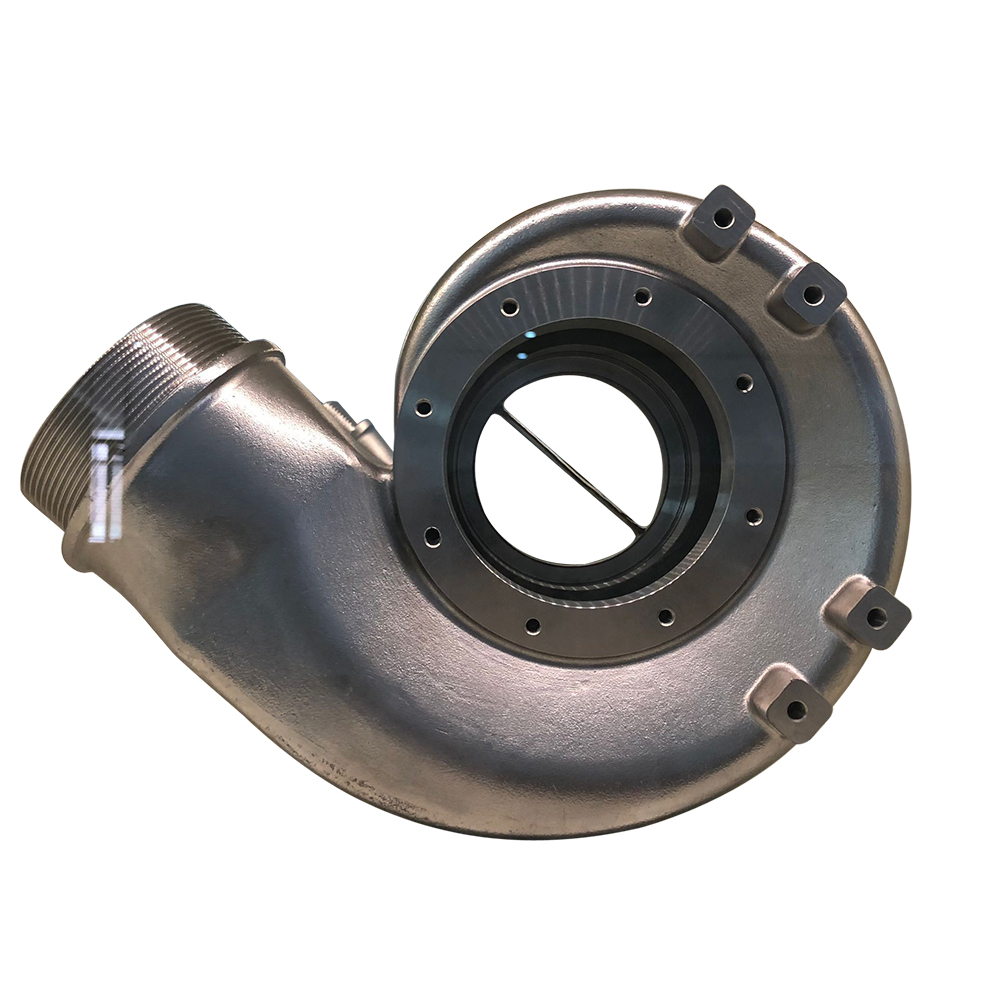
Heat treatment is a controlled process of heating and cooling solid metals and alloys to alter their physical and mechanical properties, without changing the product’s shape. It is a foundational and critical step in manufacturing that enables engineers to “tailor” a metal’s properties to meet the specific demands of an application. The core reasons for […]
Key Components Requiring Custom Machining in Various New-wave Industries
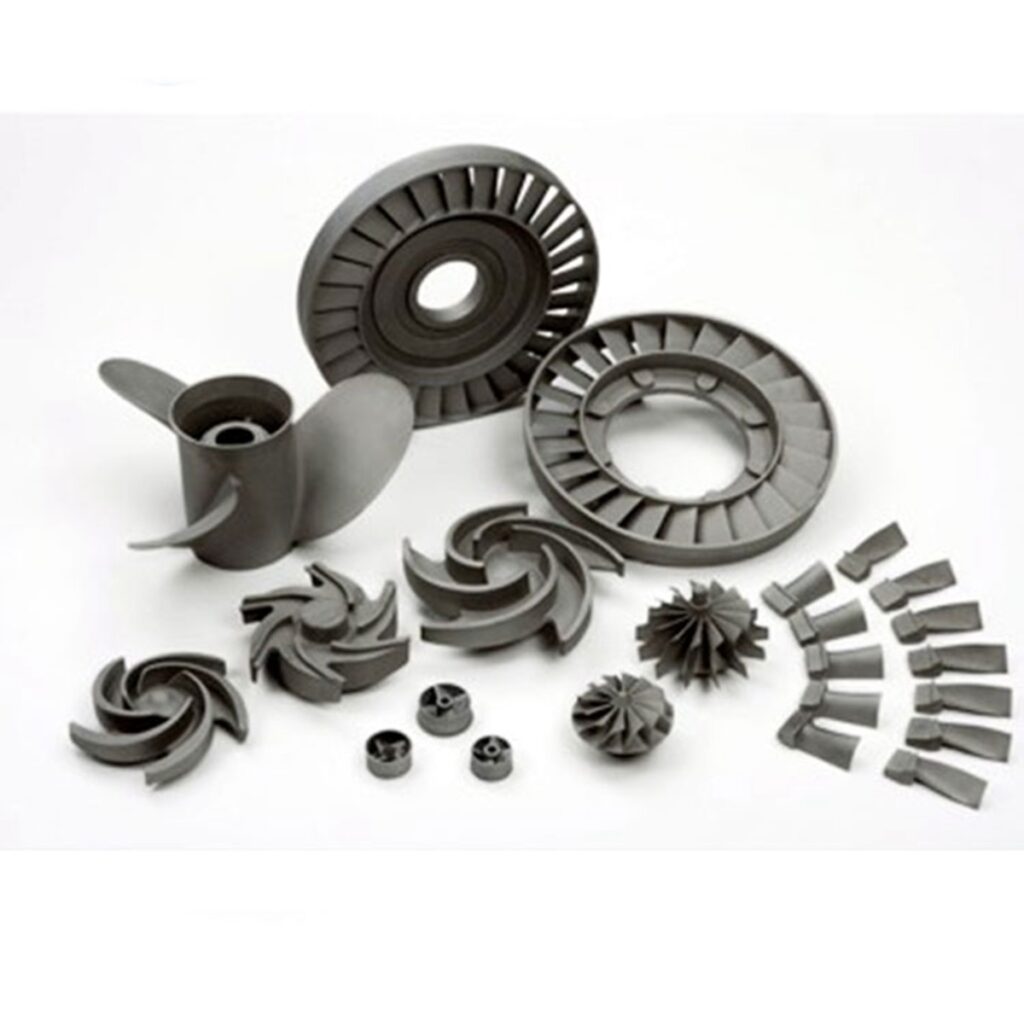
Aerospace & Aviation The aerospace industry pushes the limits of materials and precision, requiring components that are incredibly lightweight, strong, and reliable. Lightweight Structural Components: Parts like titanium alloy engine mounts and airframe brackets are often custom-machined to achieve optimal strength-to-weight ratios. Companies develop custom “high-strength, low-temperature resistant” connection pins for critical applications, such as those used in European trains. […]

